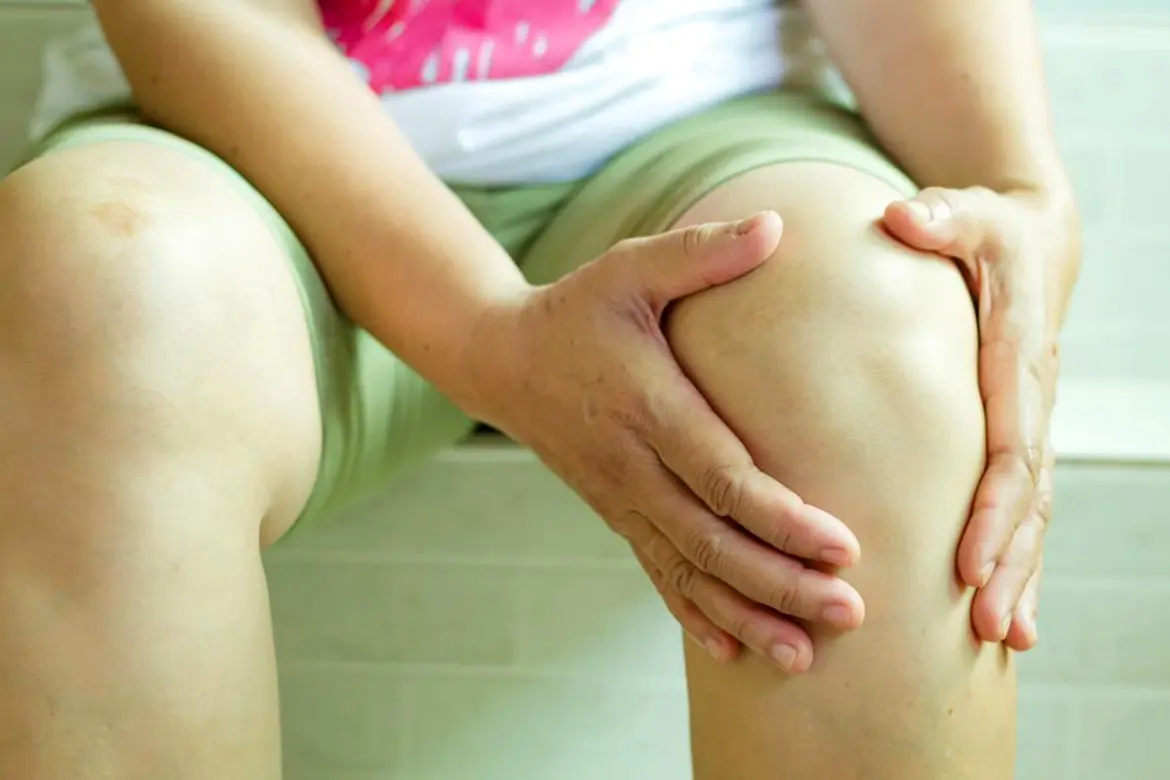Dr Lee Boon Leng Kevin
Orthopaedic Surgeon


Source: Shutterstock
Orthopaedic Surgeon
If you are suffering from knee pain and hip pain, and conservative treatment including medications and physiotherapy has not been helpful, you may be a candidate for knee or hip arthroscopy.
When you tell your doctor that you are suffering from hip pain, the first thing he should do is verify that your hip is the root of the problem. Hip pain is often felt in the groin or on the outside of the hip directly over where the hip joint (a ball-and-socket joint) is located. Using stairs was the first weight-bearing activity in which people with early knee arthritis noticed pain in their hip or knee.
Osteoarthritis is the most common reason for pain in your hip and knee. Osteoarthritis is a chronic degeneration of the cartilage and membrane of the joints that leads to pain and stiffness when the bones rub together. Chronic degeneration of one’s joints when the immune system attacks the joint’s lining is a condition called rheumatoid arthritis and affects women about three times more often than men. Pain, inflammation, stiffness, weakness, loss of mobility, and joint deformity are common symptoms of rheumatoid arthritis.
According to Dr Kevin Lee, orthopaedic surgeon at Mount Elizabeth Hospital, post-traumatic arthritis can develop after direct injury to a joint when the injury creates irregularities and the joint is no longer smooth. Joint irregularities lead to more wear on the joint surfaces. The injury could be from sports, a fall, or any other source of physical trauma. The wearing-out process post-injury of your cartilage and/or bone is accelerated by continued strain, injury and excess body weight. The symptoms of post-traumatic arthritis include hip or knee joint pain, swelling, fluid accumulation in the joint, and decreased tolerance for walking, sports, stairs, and other activities that stress the joint.
"In arthroscopy, a minimally invasive procedure, a small fibre optic camera is inserted into the joint through a small incision in the skin. These cameras are usually long, slim tubes which are thinner than a regular pencil, which means that the cuts on your hip or knee are very small, it is unlike open surgery which utilises huge cuts. This allows the orthopaedic surgeon to get a close-up look at your joint for diagnostic purposes and to provide treatment at the same time," shared Dr Lee.
The advantages of arthroscopy include less post-operative pain, faster post-operative recovery, better wound healing (since the incisions are small key holes) and a lower risk of infection. Another significant advantage of arthroscopy is that it can be done as a day surgery procedure, allowing the patient to go home on the same day and recuperate in the comfort of their own home.
Common sports-related knee injuries that are treated by arthroscopic techniques include meniscus (shock absorber of the knee) tears, ligament tears (most commonly the anterior cruciate ligament or ACL) and cartilage injuries. The common sports-related hip injuries treated by arthroscopic techniques include labral (the soft rubbery rim around the hip socket) tears and cartilage injuries. For a better idea of whether your condition can be treated with arthroscopic surgery, it is advisable to approach an orthopaedic surgeon for a physical examination on your injury.